What tips do you have for Central Florida Gardeners?
tinael01
12 years ago
Related Stories
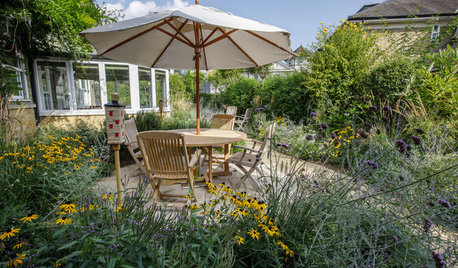
LANDSCAPE DESIGN4 Tips for Creating a Small Garden That Welcomes Wildlife
Win over birds, bees, butterflies and neighbors with these design strategies
Full Story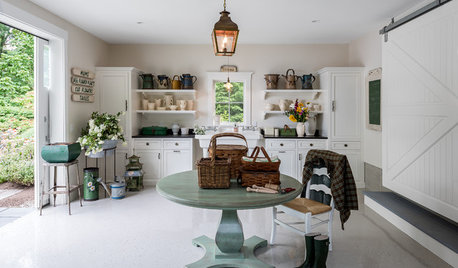
GARDENING GUIDESHow to Declutter Your Garden Shed, Greenhouse or Potting Bench
Get those pots and tools sorted now, and you’ll be free to focus on your plants when spring arrives
Full Story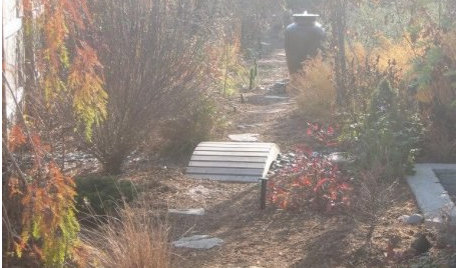
GARDENING GUIDESCentral Plains Gardener's November Checklist
Mulching, seeding, feeding — several small tasks to ensure a winter of activity, and a good spring start.
Full Story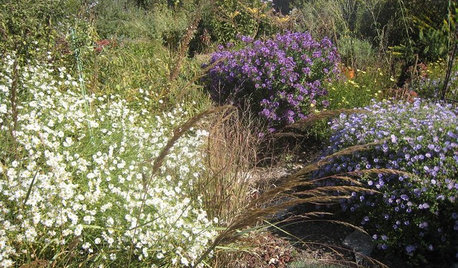
GARDENING GUIDESCentral Plains Gardener's September Checklist
This month, go easy on the deadheading, savor the beauty of sunflowers and look ahead to next year's garden
Full Story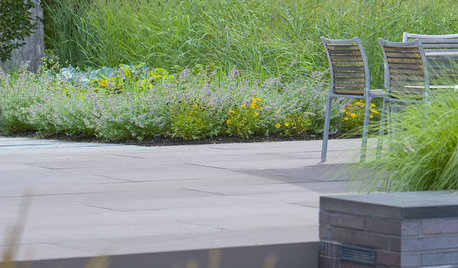
FLOWERS AND PLANTSPanicum Virgatum, a Prairie Beauty Many Gardeners Can Enjoy
Switchgrass adds color through the year and is a natural ‘seed feeder’ for birds
Full Story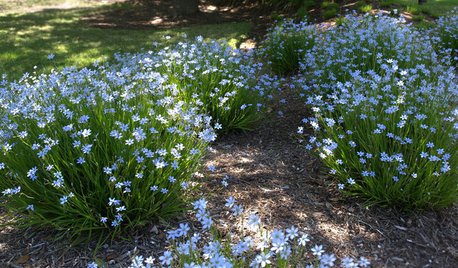
FLOWERS10 Spring Wildflowers for the Central Plains
These blooming native perennials thrive in dry locations and help welcome early-season pollinators
Full Story
GARDENING GUIDESGreat Design Plant: Cephalanthus Occidentalis
Buttonbush is an adaptable woody shrub with delightful pincushion flowers
Full Story
GROUND COVERSNative Alternatives to English Ivy, Japanese Pachysandra and Periwinkle
These shade-loving ground covers are good for the environment and say something about where you are
Full Story
FARM YOUR YARDHow to Grow Vegetables in Containers
Get glorious vegetables and fruits on your patio with a pro’s guidance — including his personal recipe for potting mix
Full Story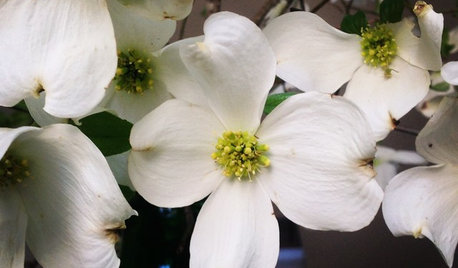
GARDENING GUIDESGreat Design Plant: Cornus Florida Benefits Wildlife
Flowering dogwood provides fiery red foliage in fall and beautiful springtime blooms
Full Story







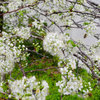
PawPurrsGarden
Bob1016
Related Professionals
Elwood Landscape Architects & Landscape Designers · Indio Landscape Contractors · Long Branch Landscape Contractors · Sugar Hill Landscape Contractors · Teaneck Landscape Contractors · Braintree Decks, Patios & Outdoor Enclosures · Kalamazoo Decks, Patios & Outdoor Enclosures · King of Prussia Decks, Patios & Outdoor Enclosures · La Palma Decks, Patios & Outdoor Enclosures · Reading Decks, Patios & Outdoor Enclosures · Roanoke Decks, Patios & Outdoor Enclosures · Glendale Decks, Patios & Outdoor Enclosures · Amesbury Siding & Exteriors · Levittown Siding & Exteriors · Waukegan Siding & Exteriorsshuffles_gw
billbrandi
KPGrdngrl
cynthiainsouthfla
brnthumbinfl
blutayle
writersblock (9b/10a)
apapjim
Michael AKA Leekle2ManE